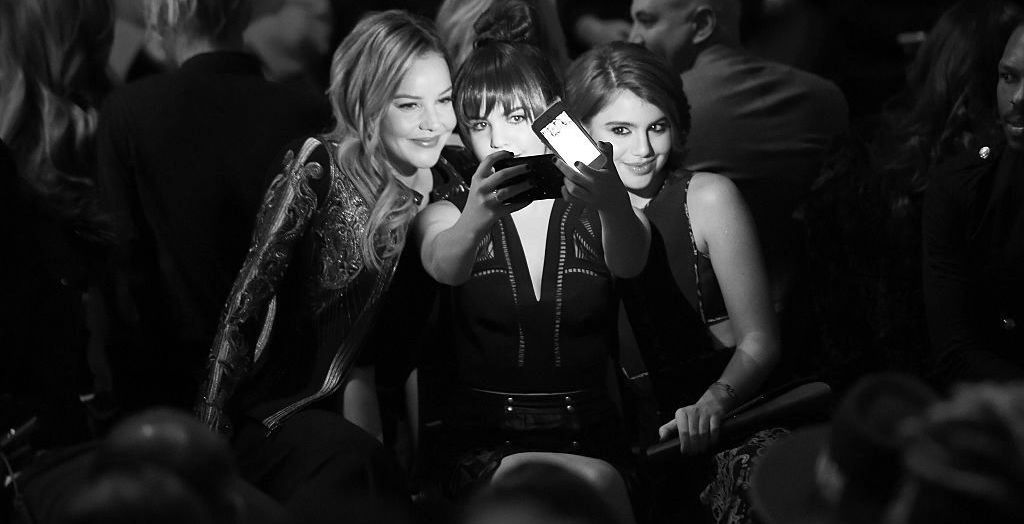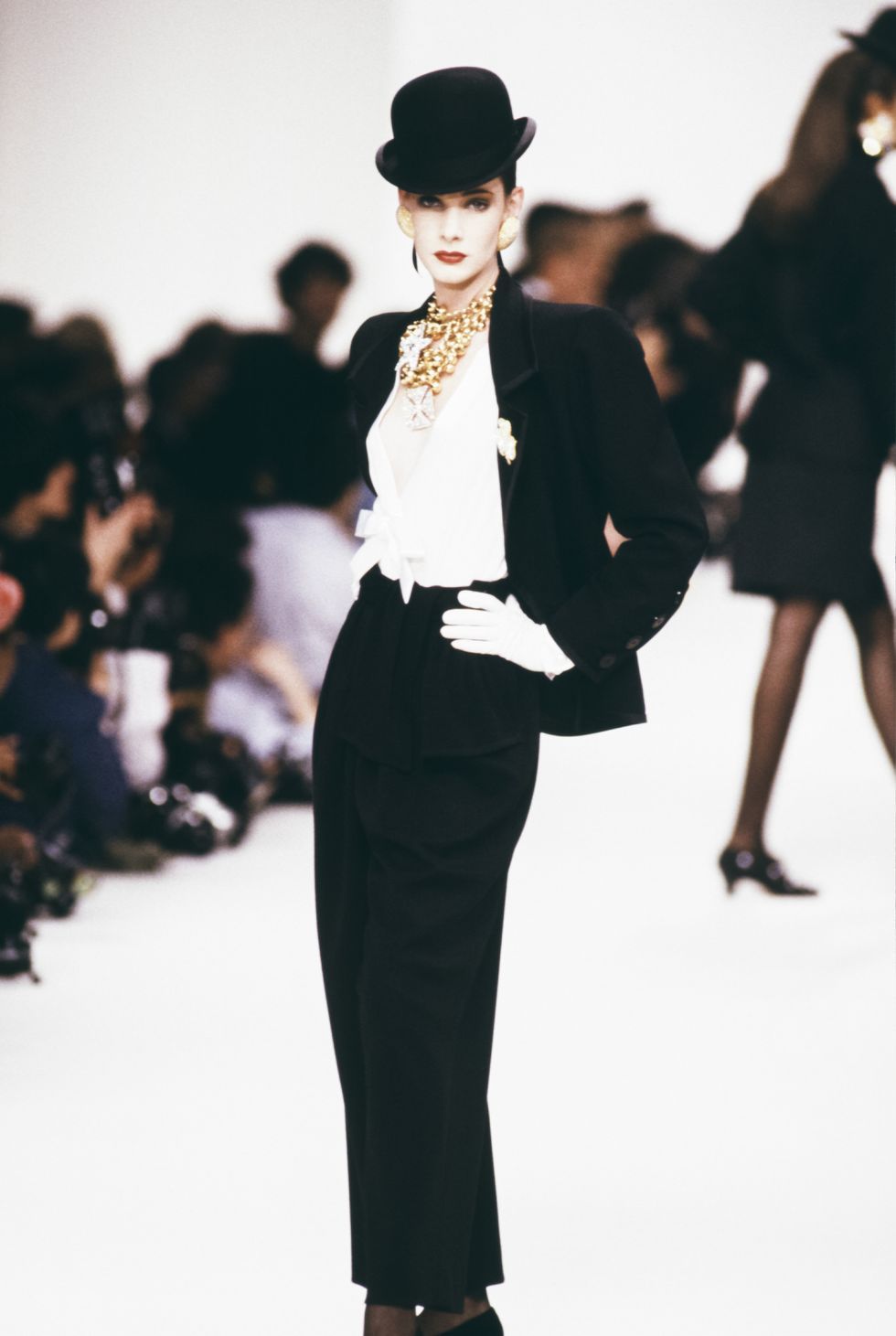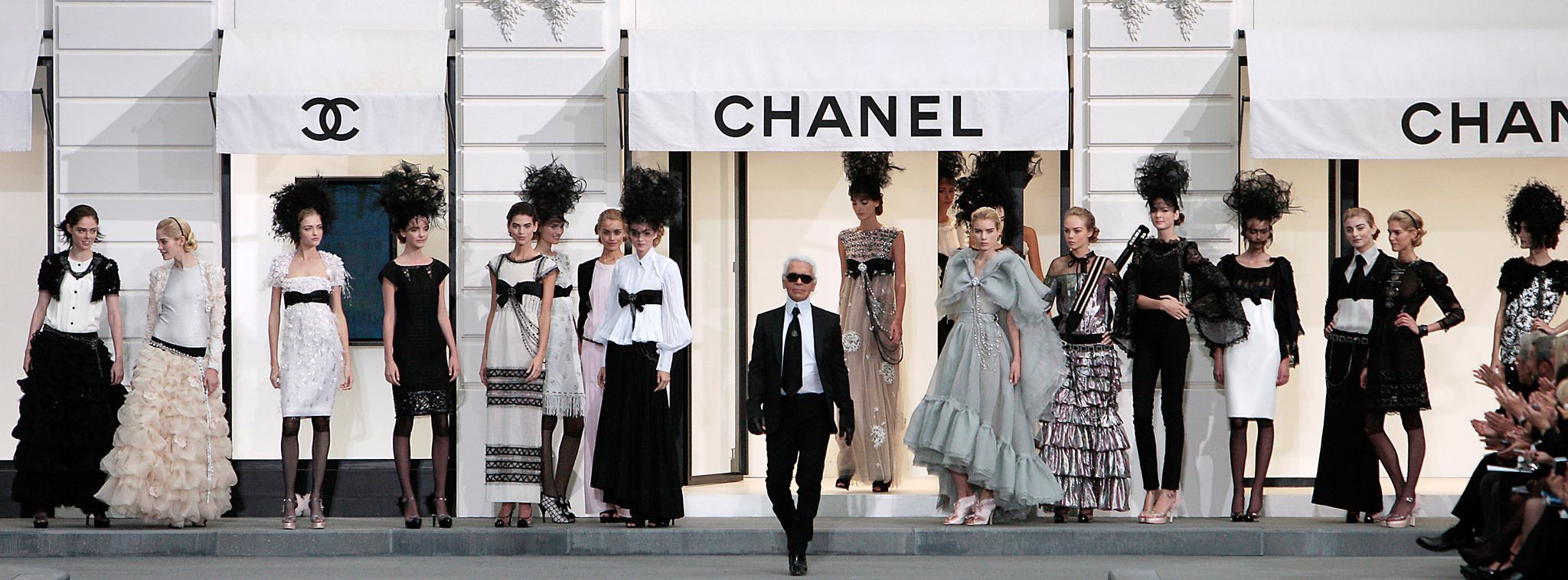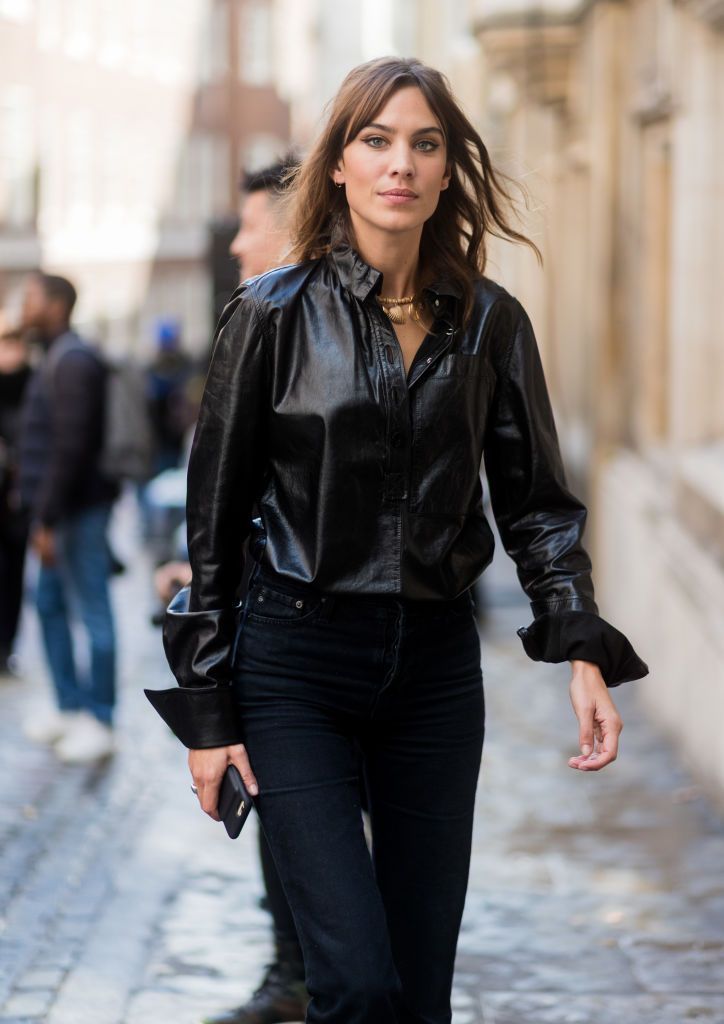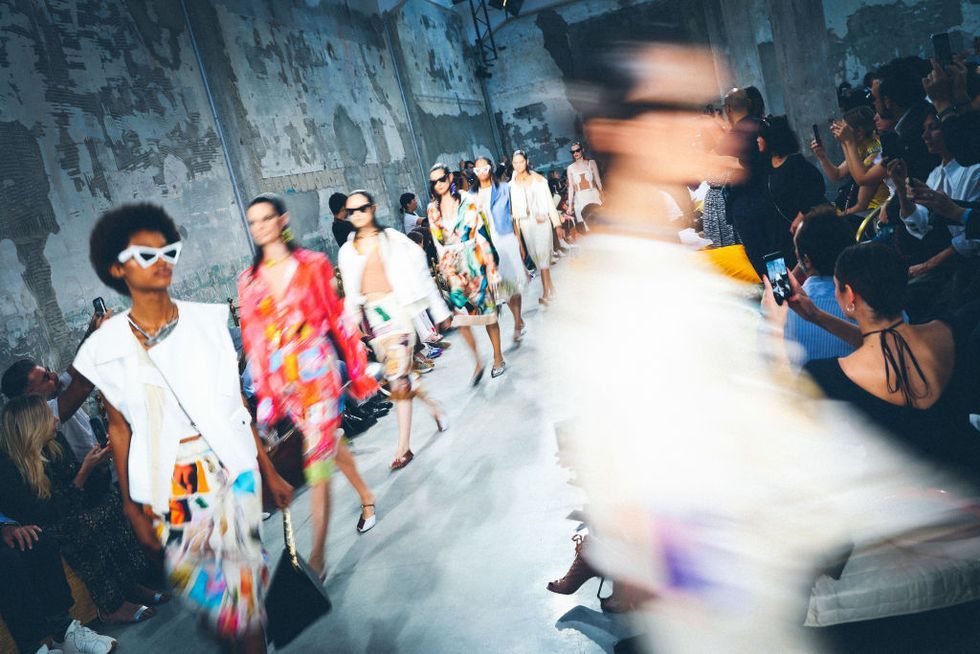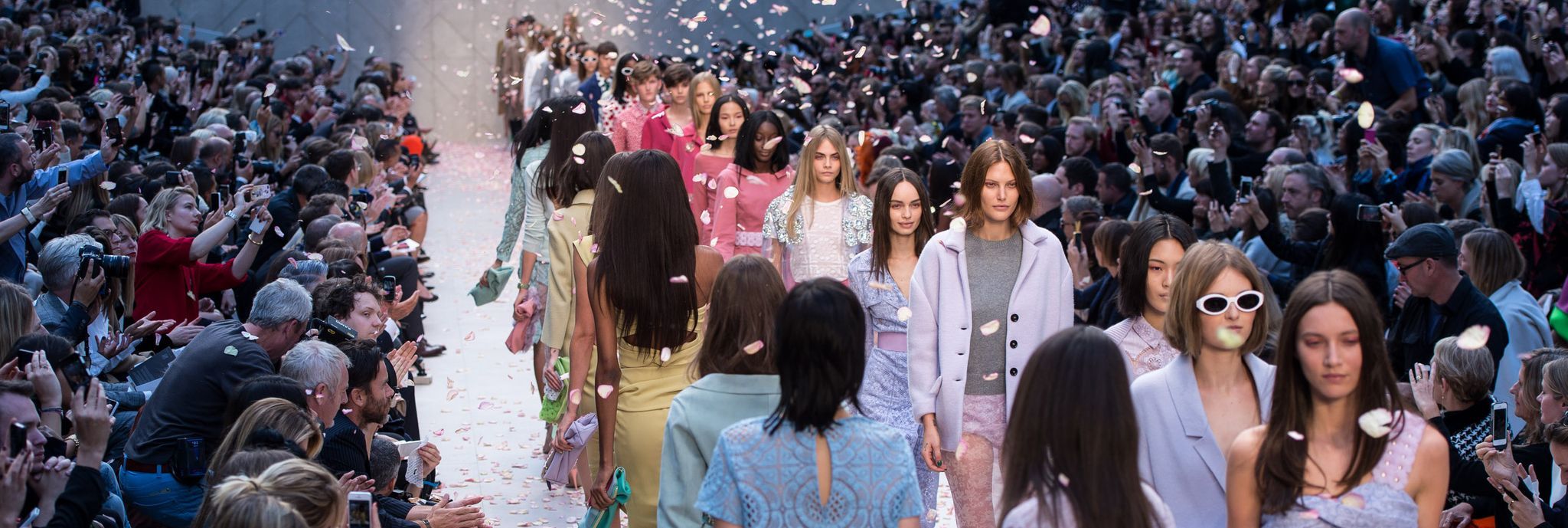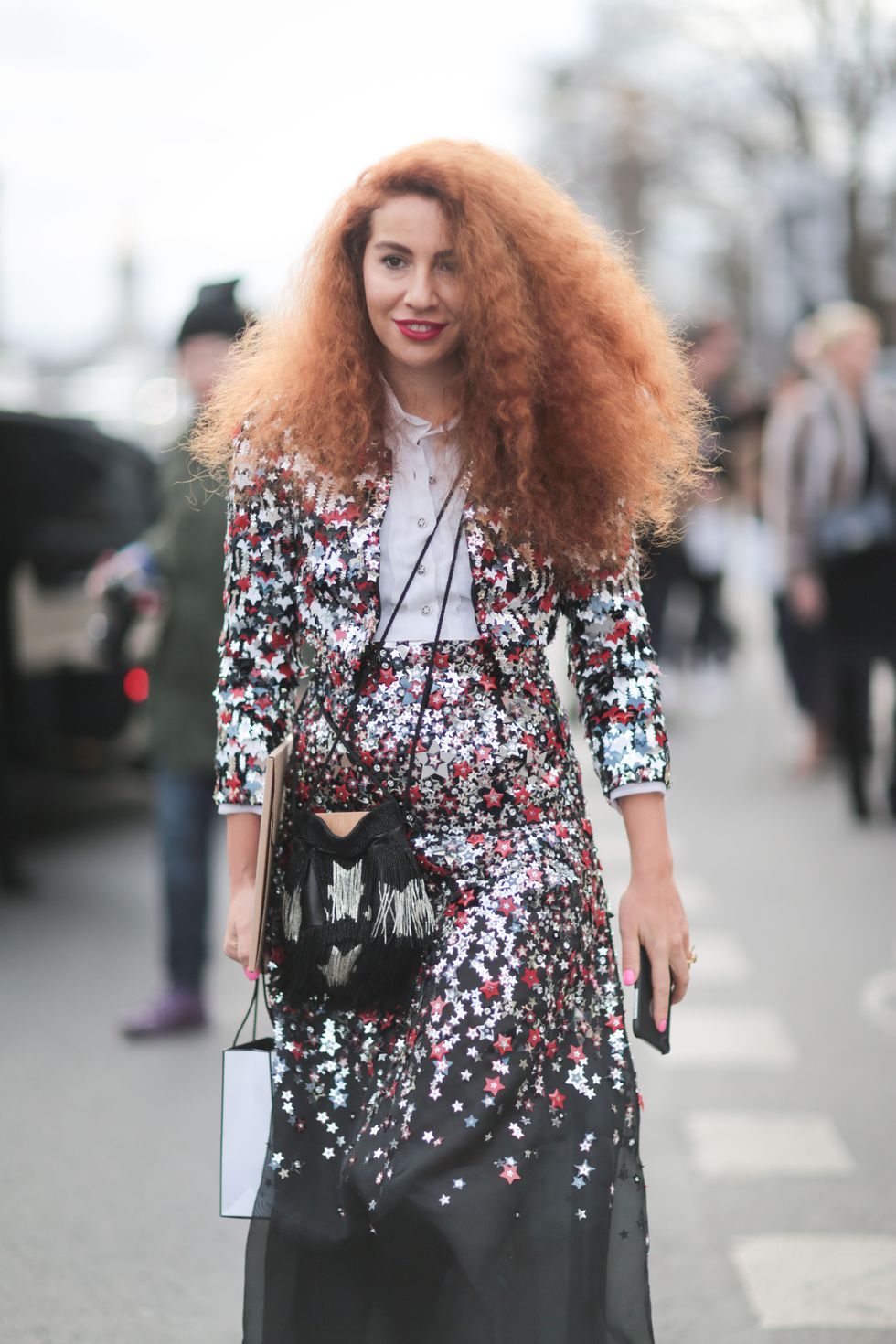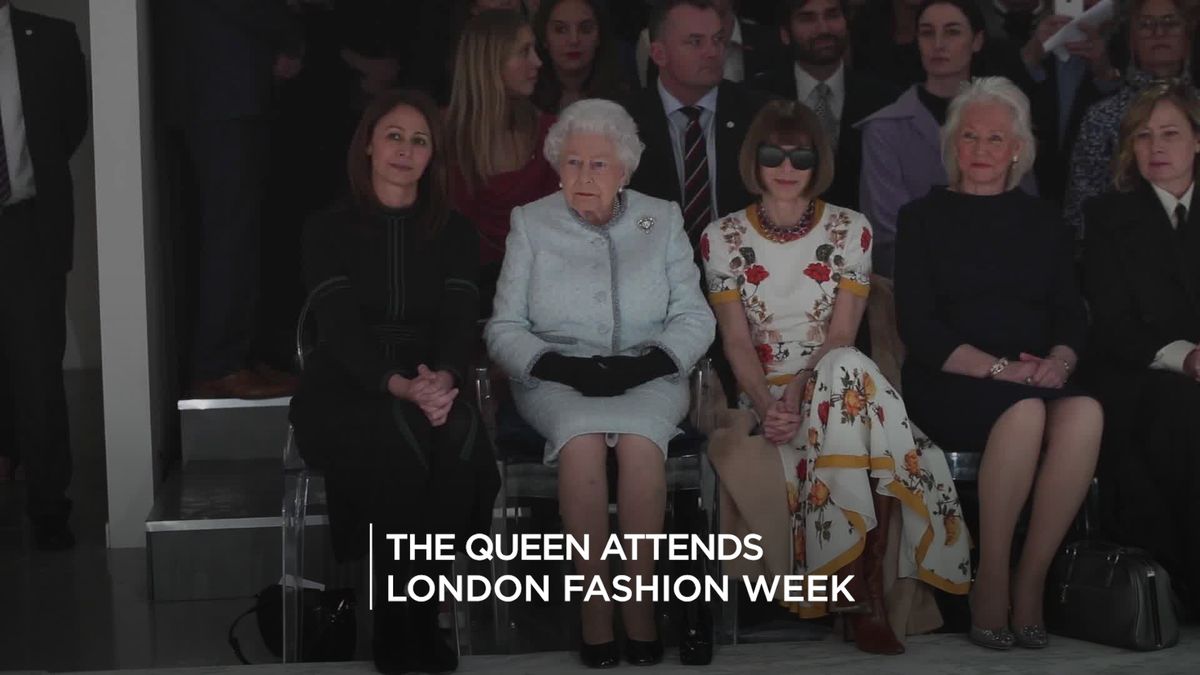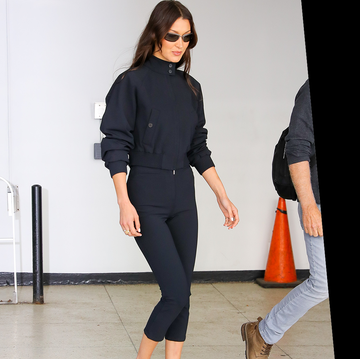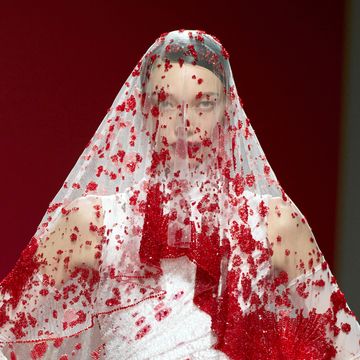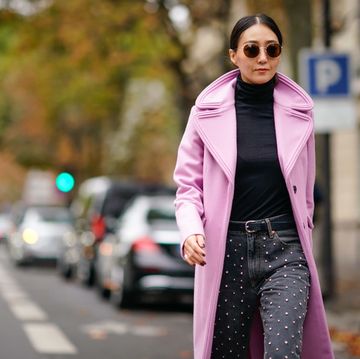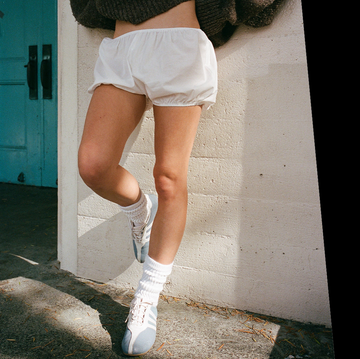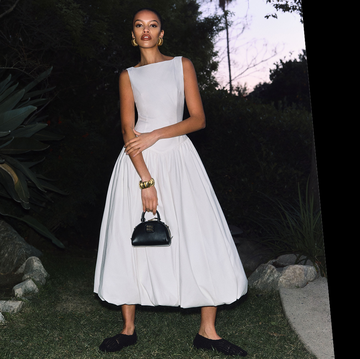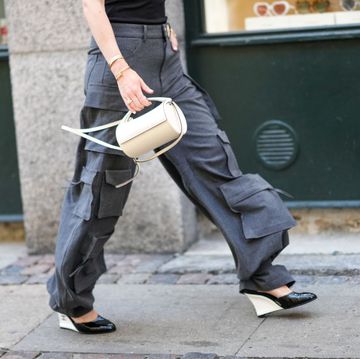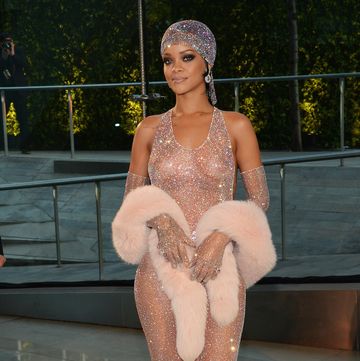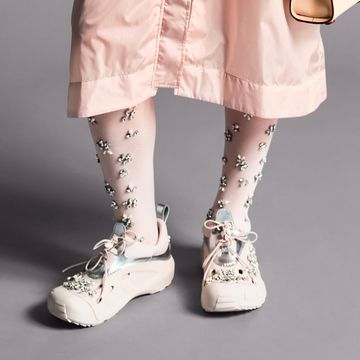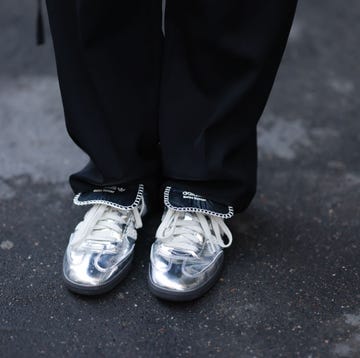With New York Fashion Week officially in full swing, London Fashion Week – and its deluge of shows, parties and street style - is almost upon us.
The most important period in every designer’s calendar, fashion week showcases the culmination of their toil and talent and sets the tone for what we will all wear in the season ahead.
Traditionally these shows, which take place twice a year across the 'Big Four' fashion capitals, were the preserve of editors and buyers, with little in the way of photographic evidence and certainly no invitations extended beyond the industry.
In the pre-Instagram days, if you wanted the latest scoop from the front row, you had to wait to read about it in the glossy magazines weeks or months after.
The Influencer Revolution
Since the first official 'Press Week' was held in 1943 (now better known as New York Fashion Week), fashion month has evolved from being a cloistered industry-insider event, to a live-streamed marketing spectacle, available for the world to see (and sometimes even shop) in real-time through a 2-by-4 inch screen. Celebrities and influencers now rub shoulders with editors on the front row, with brands often paying for social media stars to attend their shows in order to maximise coverage and encourage customers to buy the collections straight off the catwalk, also known as 'see-now, buy-now.'
In fact, the front-row influencer has become a new breed of supermodel herself, and her outfit as forensically scrutinised as the ones on the catwalk.
Author, former Grazia fashion editor and influencer Katherine Ormerod, whose career spanned the influencer revolution, has witnessed the evolution of the front row first-hand.
‘In the early days, when I was still standing behind the back seats, the front row was just a litany of black-clad editors. There were no influencers at all,’ she recalls. ‘Then things changed dramatically around 2008-2009. Suddenly, all these girls started getting front row tickets and were competing with each other to see which look from the new collection they were going to wear to be photographed in on the streets outside the shows. For brands, it became almost as big of a marketing opportunity as the clothes on the catwalks themselves.’
Public Appetite Grows
And now, with the announcement that London Fashion Week will become the first of the global fashion weeks to open its doors to the public, it seems that the British Fashion Council is taking this evolution one step further. In addition to the schedule of shows for press, buyers and industry professionals, there will be a separate schedule of ticketed public catwalk shows, with a 'standard' ticket priced at £135 and rising to £245 for a front row seat.
‘There is a strong appetite from the public to be able to access catwalk shows and this is something that has been enhanced by social media,’ says Caroline Rush, CEO of the British Fashion Council. ‘What we wanted to offer was something experiential, not just a catwalk show, but a full experience which includes access to a Designer Exhibition, industry-led talks and additional access to events throughout September.’
Among the brands participating in the public shows are ALEXACHUNG, House of Holland and the up-and-coming dress label Self-Portrait (Henry Holland will also present his Spring/Summer 2020 collection to trade on Saturday September 14, while Self-Portrait debuted his collection at New York Fashion Week), and each ticket includes two catwalk shows that will be slightly longer than the ones industry insiders normally attend.
Though on one hand social media has helped to lift the curtain on fashion week and make it accessible to anyone with an internet connection, has it also made the thirst to be there in person stronger?
‘Fashion week is when designers get to showcase their art form, their vision for the brand and the service that you're providing for the customer, so I think that allowing [the customer] to actually participate is important,' says Henry Holland, who will be showing a mixture of his label’s pre-fall and Autumn/Winter collection on the public catwalk, both of which will be available to shop straight away.
Although opening fashion week up to members of the public might sound like an unprecedented move, change has been afoot for years with more and more designers shifting their focus from the industry to the consumer.
For his Autumn/Winter 2016 funfair-themed show, Tommy Hilfiger gave away 1,000 tickets to consumers, while Ricardo Tisci gave away 800 tickets to his Autumn/Winter 2015 Givenchy show on a first-come, first-served basis.
In June 2018, Virgil Abloh invited thousands of art students to attend his Louis Vuitton menswear debut, and similarly Samuel Ross of A-Cold-Wall* opened up his most recent Spring/Summer 2020 show to members of the public, allowing them to register on the label’s website for tickets in the hope of including a new generation of young people usually shut out of the industry.
Has Exclusivity Gone Out Of Fashion?
So has the exclusive bubble of fashion week, punctuated by heavy security and clipboard-wielding assistants, finally burst?
‘For years, we’ve been asking ourselves what the relevance of fashion week is and talking about whether Fashion Week will die out completely because people are marketing in different ways,’ Ormerod says. ‘Direct to consumer business models have completely changed the game from 10-15 years ago. We’ve seen more and more brands stepping away from the official calendar or doing different types of immersive experiences that don't involve being on the schedule.'
Anya Hindmarch - whose namesake accessories brand is known for its playful designs, referencing everything from Pacman to a Walkers crisps packet - is one designer who has eschewed the traditional on-schedule presentation over the past two seasons in favour of putting on experiential installations for the customer.
Her two installations, ‘Chubby Cloud’, for which she invited visitors to chill on a huge, fluffy bean bag inside London’s Banqueting House, and ‘The Weave Project’, attracted 3,000 and 4,000 guests respectively. This season Hindmarch returns with a giant red maze inside Brewer Street car park to promote her new Postbox collection.
‘Fashion is changing and customers are finding brands to buy from directly, rather than through the old department store model, so it made sense for us to speak directly to them as opposed to just the industry,’ Hindmarch explains, ‘and rather than just do static runway shows we wanted to create something fun and immersive to bring them into our mad world!’
So what does Hindmarch think of the BFC’s decision to open London Fashion Week up to the general public? 'It makes sense to include everyone who is interested in the industry or excited to see the creativity. It feels modern and makes sense.'
The Future Of Fashion Week
Though inclusivity has become something of a buzzword in fashion, the hefty price tag attached to attending London Fashion Week still underscores the element of exclusivity – and even with a ticket, you still won’t be mingling with the glitterati on the other side of the velvet rope. But perhaps it’s necessary to preserve some fashion week mystery in order to maintain the interest. After all, isn’t exclusivity the cornerstone of luxury?
‘Personally I don’t think you should sell tickets,’ says London-based designer Natasha Zinko, who invited some fans to her show in the atrium of the Oxford street flagship of Next last season alongside press and buyers. ‘There has to be some magic.’
‘Somebody emailed us being like “How much is the ticket? We really want to come!” she recalls. ‘People think it’s like going to the theatre. But a fashion show is only 10 or 15 minutes long usually. Would it even be worth it to sell tickets?’
But there is a bigger elephant in the room. Amidst Extinction Rebellion’s calls for the BFC to scrap London Fashion Week and the growing outrage at the industry’s devastating environmental impact, from wasteful supply chains to water pollution caused by the release of plastics and microfibres, is it ethical to even still have a London Fashion Week?
Caroline Rush thinks that London Fashion Week can become a platform to educate people on positive fashion, and how the industry is tackling these environmental and social challenges: ‘Consumers have the chance to learn more about how the industry is addressing sustainability, the ethos behind our most exciting new talents and learn more about British designers and the industry - both the glamorous side and the hard work behind the scenes.’
Holland also thinks that the consumer-facing show can help start a conversation around sustainability. ‘I think one of the biggest things that we need to do as a business is make people connect more to the pieces that they're buying. These aren't just pieces to be worn and shot on Instagram once then thrown into a landfill. These are pieces you buy because you love them, because you understand where they came from and what the inspiration points behind them were.’
‘I love telling a story through my collections and I love starting that narrative through the shows,’ Holland says, ‘and I think if people are buying pieces because they understand the narrative, then they’re much more likely to feel a personal connection to them and really covet them and wear them for years.’
Although this move might not quite represent the ‘democratisation’ of fashion, it’s clear the industry is making strides to evolve with the times and look beyond social media to engage with its consumers and those interested in the industry and its inner workings.
'Fashion used to be such an elitist exclusive enclave and now it's something that everyone can get involved with no matter what their size, shape, background, ethnicity which is obviously an amazing thing and something that London Fashion Week should support,’ Ormerod says. ‘At the end of the day, you can't be a snob if you want fashion week to continue and evolve.'
